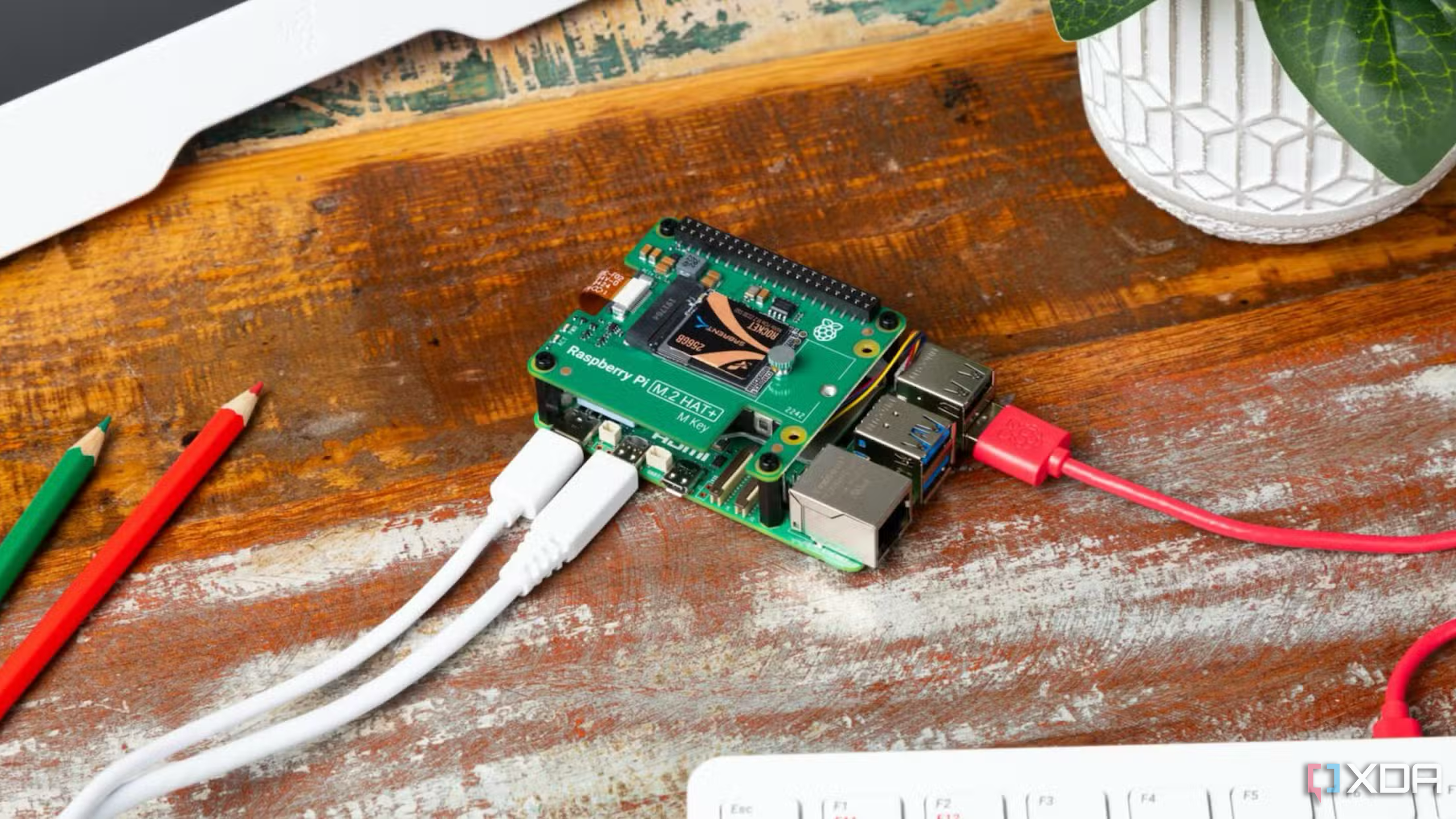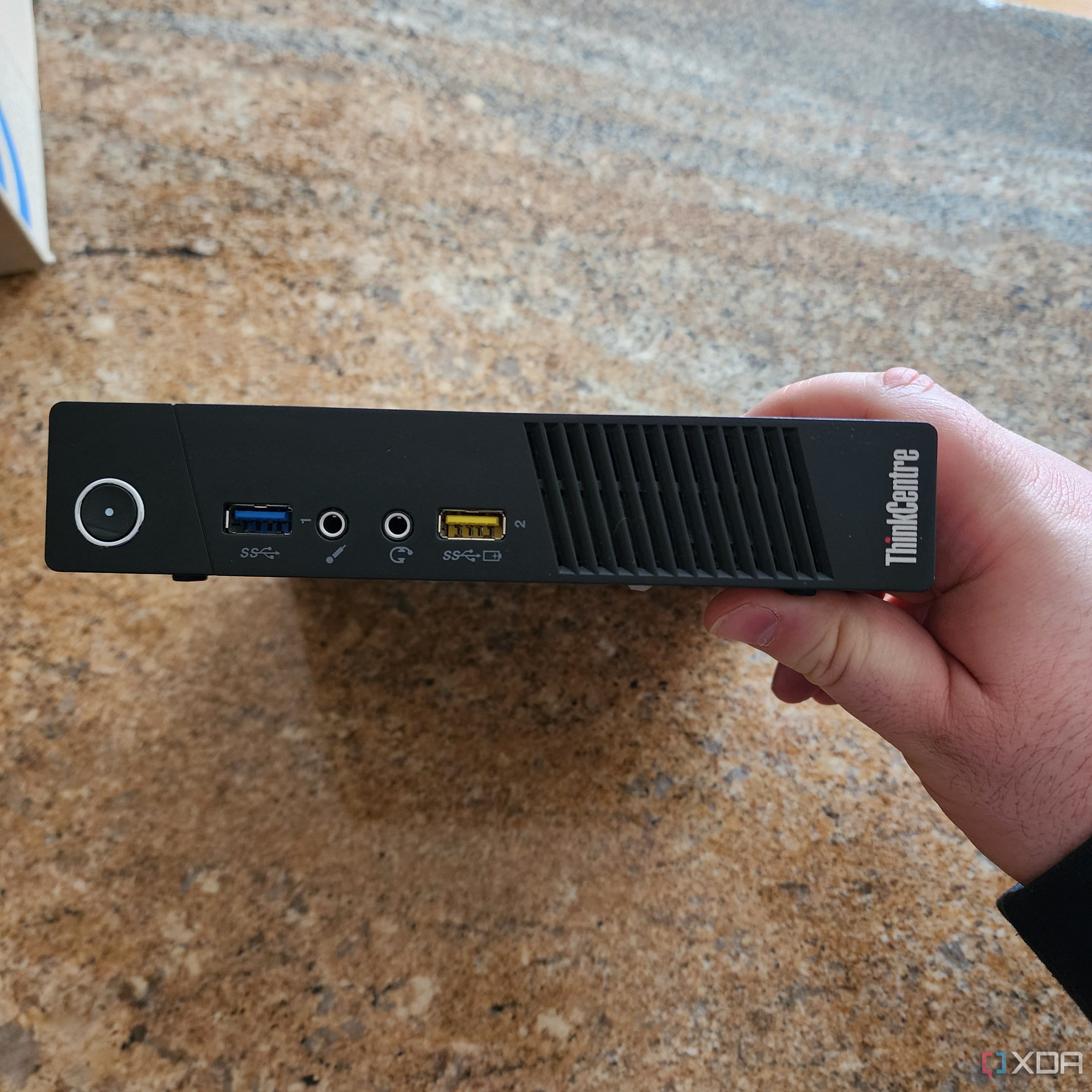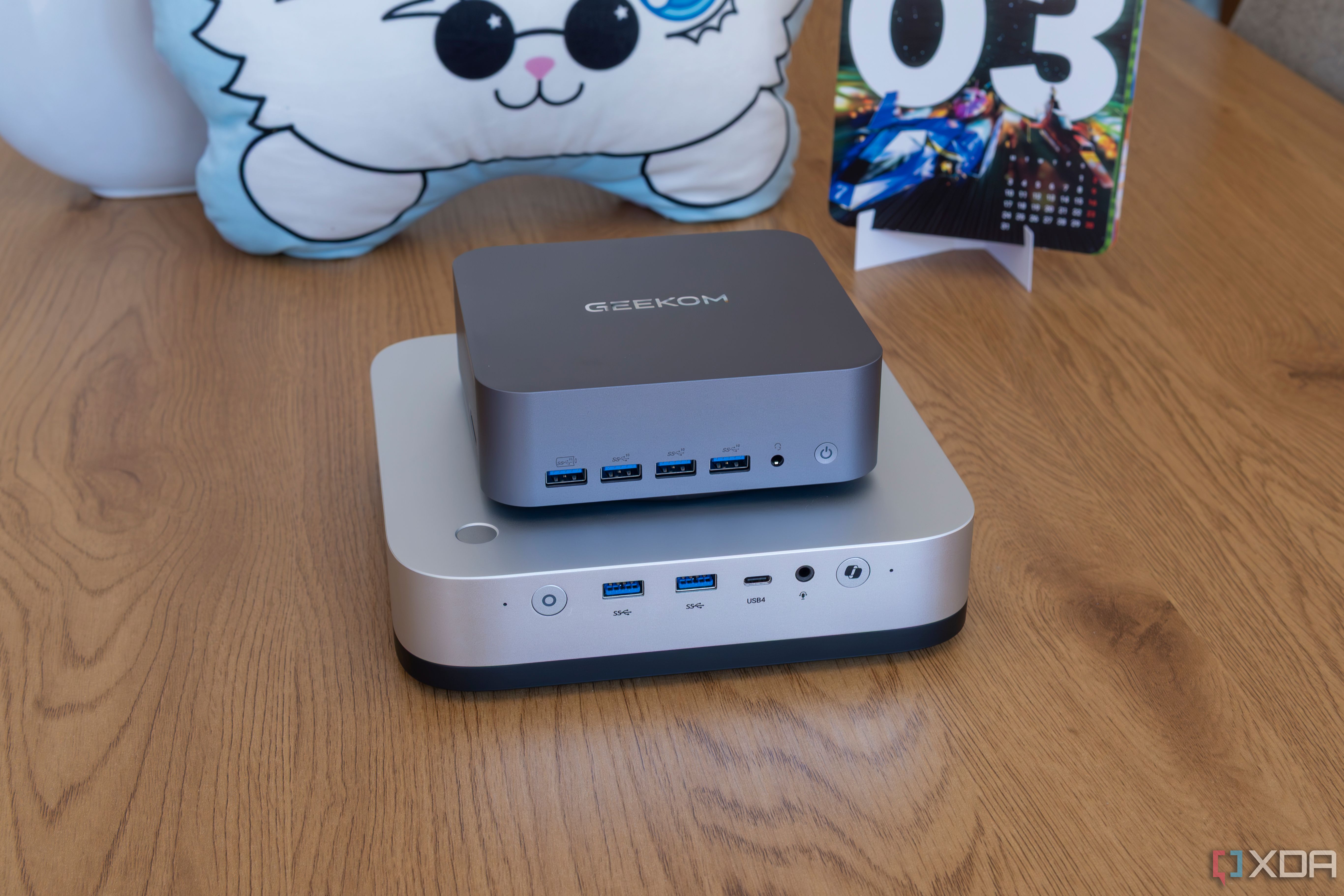It's easy to get carried away when building out a home lab, You have easy access to refurbished or used server-grade hardware. It sounds amazing to grab a dual-CPU behemoth of a system for running a few self-hosted services, but it's important to consider the costs outside of the hardware itself. First, there's the cost of electricity, which will quickly become your home lab's kryptonite with everything running 24/7. Then there are more expensive replacement parts, especially for ECC and server-specific components.
This is why it can sometimes make more sense to use something slightly more approachable. A desktop PC works well, but how about a mini PC? It's smaller, has plenty of I/O, and is versatile enough for a home lab (and then some). Here's why I followed my esteemed colleagues and utilize mini PCs in my home lab for Home Assistant.
4 Versatile form factor
Home lab, gaming, computing, and more
For building out a small home lab, you need a considerable amount of free space. Planning for a server rack? Good luck fitting your vehicle in the same garage. That's where a mini PC can shine with its compact nature. Being mini, these systems are great for work and play (depending on the integrated GPU and I/O array), but they can also prove useful for virtualization, deploying containers, and running other services for your home network. You can use one for Pi-hole, OPNsense, and other cool projects.
Server-rated motherboards, even ones you can find on classified websites at a discount, often require larger-than-life E-ATX cases or dedicated racks, both of which are hard to accommodate in the average room. This can lead to unnecessary cable clutter, and that's before you consider hooking everything up together. A mini PC has very little internal cabling, and its cooling solution is often tiny compared to what would be required for server-grade hardware. A Mini PC occupies minimal space and can even be stacked.
You could even take a mini PC on trips for portable home lab deployment. They truly are some of the most versatile options available. And once you're done using the mini PC as a home server, why not transform it into a compact Linux PC with Ubuntu, Arch Linux, or some other distro to get even more time out of the device?
Can you see it? I can't.
As well as being small, a mini PC likely uses considerably less power than server-grade equipment you may have access to. When configuring a home lab setup, you'll be running various devices 24/7, which can quickly add additional cost to your annual utility bill. That's where the low-power internals of a mini PC truly shine. Not only are these components great for compact sizes of a mini PC (and the restricted cooling), but they also draw far less power than even a desktop PC. Don't even think about a dual-CPU server, as those could cost you hundreds each year to run.
Even on a fairly high-end model, mini-PCs tend to use significantly less energy than typical PCs, let alone dedicated server equipment. And the more affordable mini PCs generally have AMD and Intel CPUs that are supported by various software solutions, be it a flavor of Linux or some dedicated package like Proxmox. The best part is the lower uninterruptible power supply (UPS) requirements, as these can cost a small fortune — though I highly recommend you invest in one or two. You never know when your next grid outage is, and a mini PC can keep running alongside network gear without causing too much strain on a UPS.
2 Great compact performance
Virtualization? No problem!
Almost anything can run Docker containers. No, seriously. Even single-board computers (SBCs) can run Docker containers without breaking a sweat. Of course, it depends on what containers you plan on rolling with, but it's possible to use an SBC for heavier things like media streaming and photo management. Virtualization takes things to the next level. Using x86 architectures and powerful, yet energy-efficient, internal components, it's possible to run some virtual machines (VMs) on most mini PCs.
The mini-PC landscape is filled with budget-friendly systems that strike the right balance between cost, performance, and size. Proxmox will run on most mini PCs, so long as you're rocking something like the Intel i3-N305 or above. If that's not quite your thing, there's always XCP-ng. Both will allow you to transform the mini PC into a powerful hub for running services. And if you do want to rely on more powerful (and power-hungry) server-grade infrastructure, mini PCs can act as neat backup systems, perfect for robust clusters.
1 Useful port array
USB, Ethernet, video out
A mini PC often has a solid port array, both on the front and rear of the device. It's essentially a computer and should be viewed as such. Many of them have dual Ethernet ports, which is great for bandwidth and redundancy. Then there are the countless USB ports for hooking up storage drives and other accessories. Want to hook up all your Zigbee devices? No problem! Connect a USB receiver and you're good to go with Home Assistant. Having display output options simply makes things easier for managing them directly, especially when you're first starting out and don't want to mess with remote management just yet, outside of a web interface, of course.
It's easier to trust something like a mini PC for running critical software, such as a router/firewall OS like OPNsense. The same goes for monitoring servers or other services you wish to isolate from other hardware, just in case one system goes down. Virtual machines are great for maintaining multiple systems on a single device, but the flip side is that if that machine should suffer any downtime, it can knock out most of your home lab. Using multiple mini-PCs can come in handy for these projects, and I can host all three services on them without worrying about a botched home lab experiment rendering them offline.
My old mini PC works wonders in the home lab
Using an old Minisforum mini PC is a great way to add versatility to my home lab. It has been rock solid as a test bench for configuring and trying out new software deployment, as well as acting as a backup for other hardware on the network. I plan to add another soon once I stop using that as an actual PC, opening up even more options for deploying stuff on the network. Nothing will replace my primary Proxmox server, however, as I simply prefer having server-grade hardware in the mix, but Home Assistant on the mini PC has been nothing short of excellent.
.png)













 English (US) ·
English (US) ·